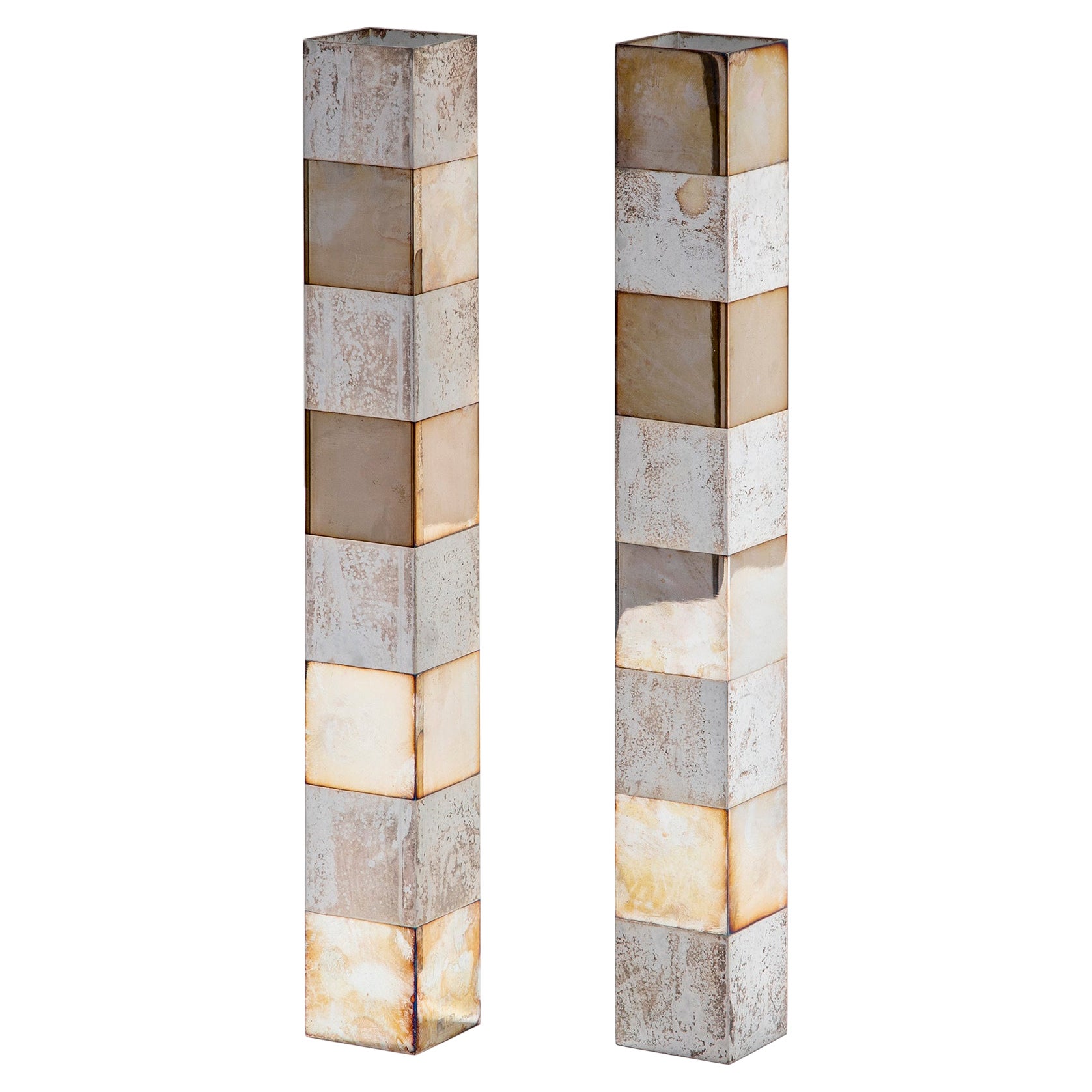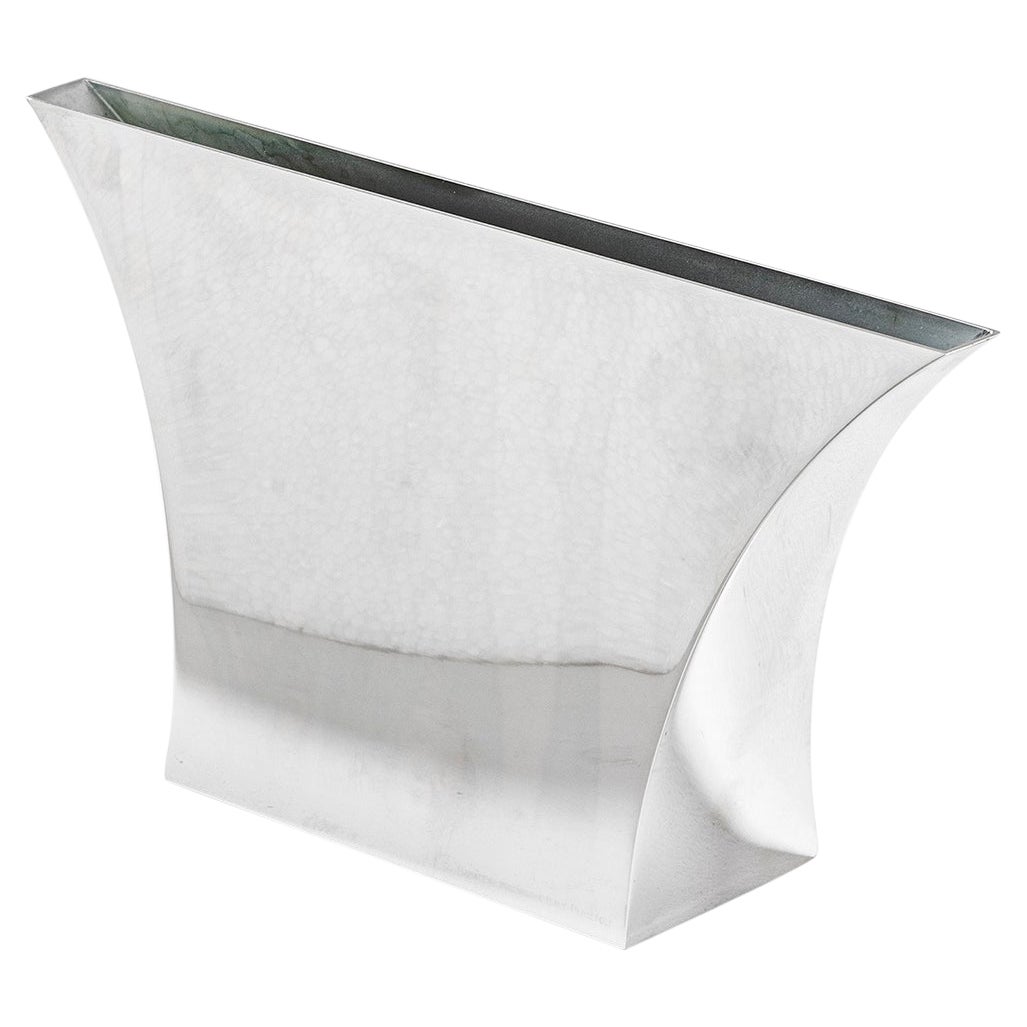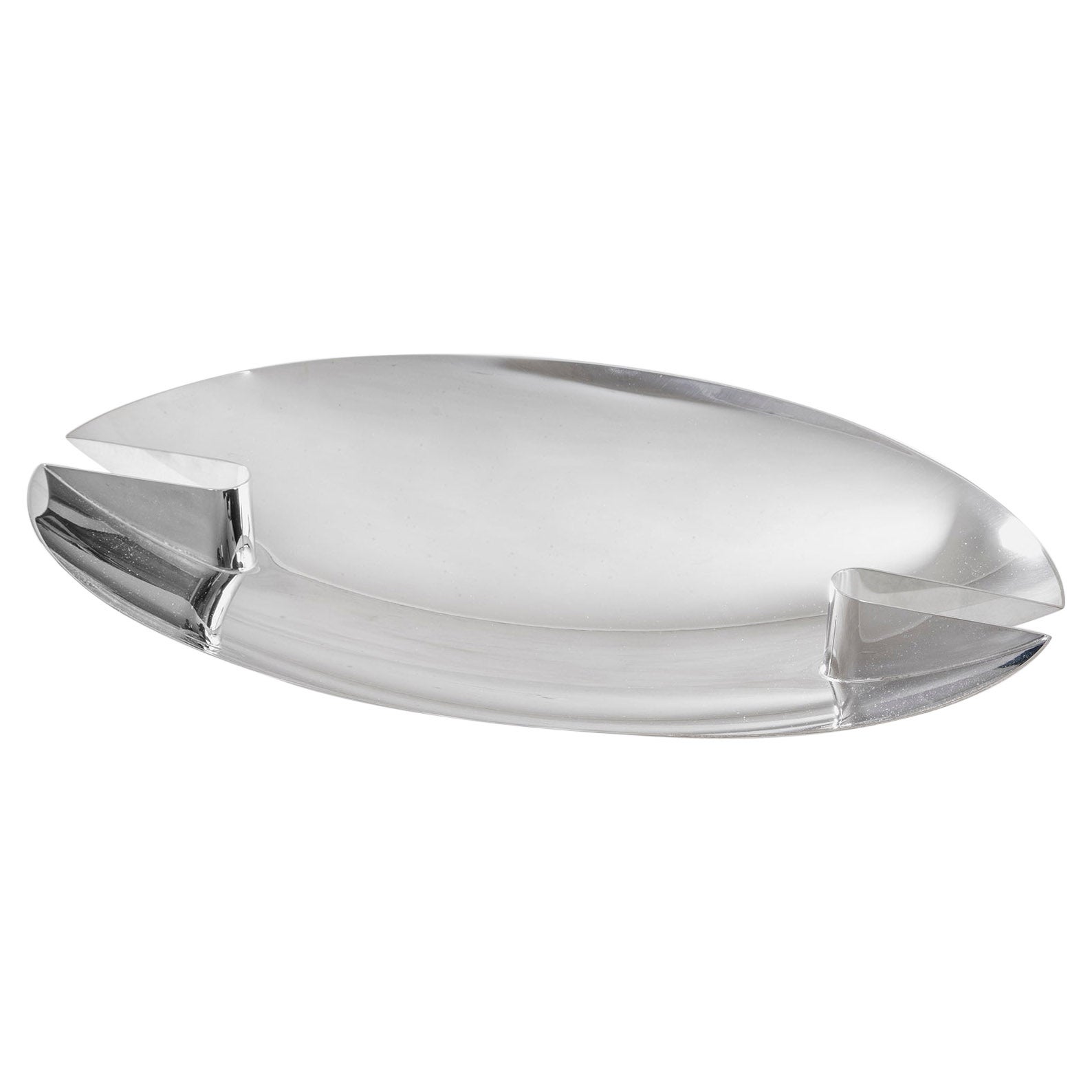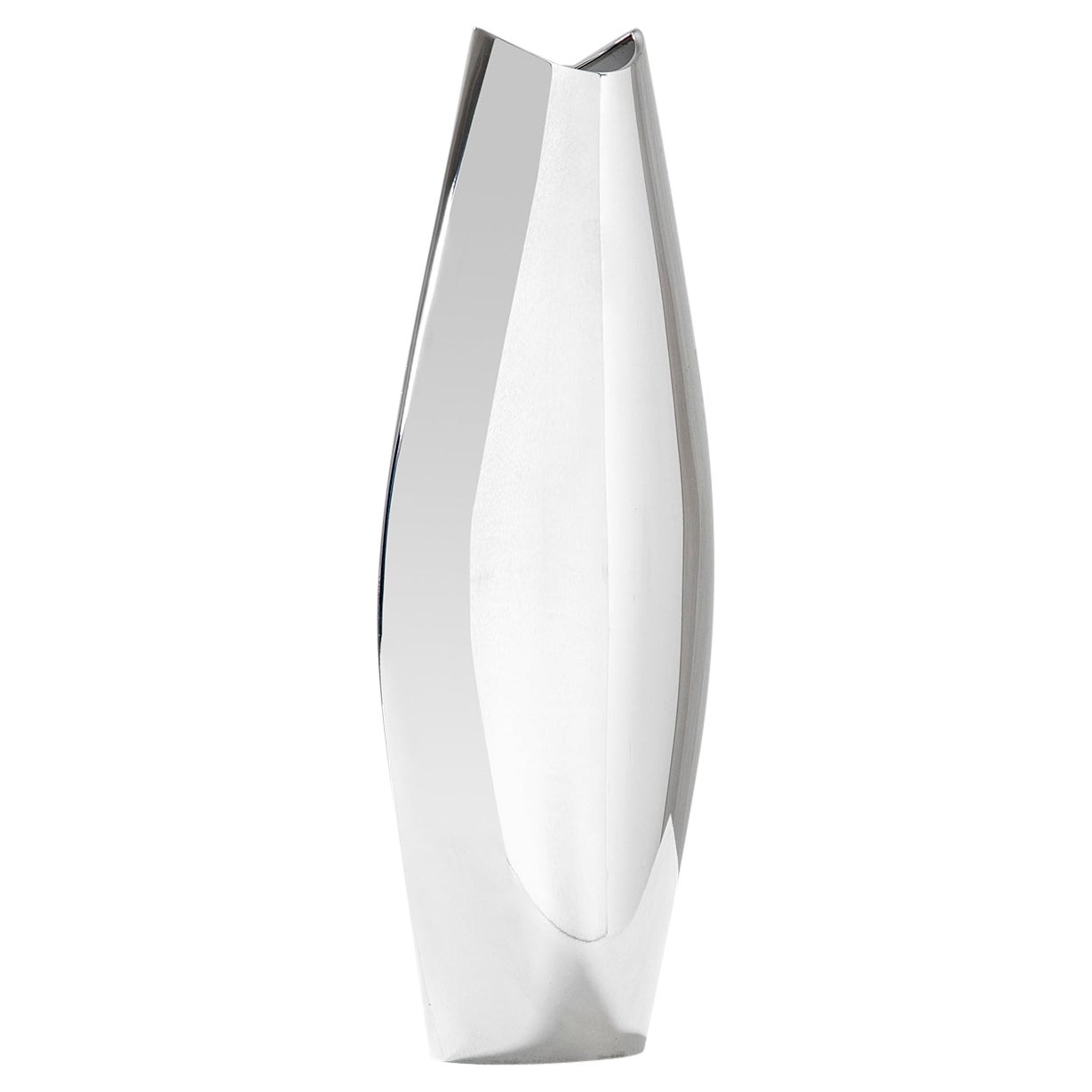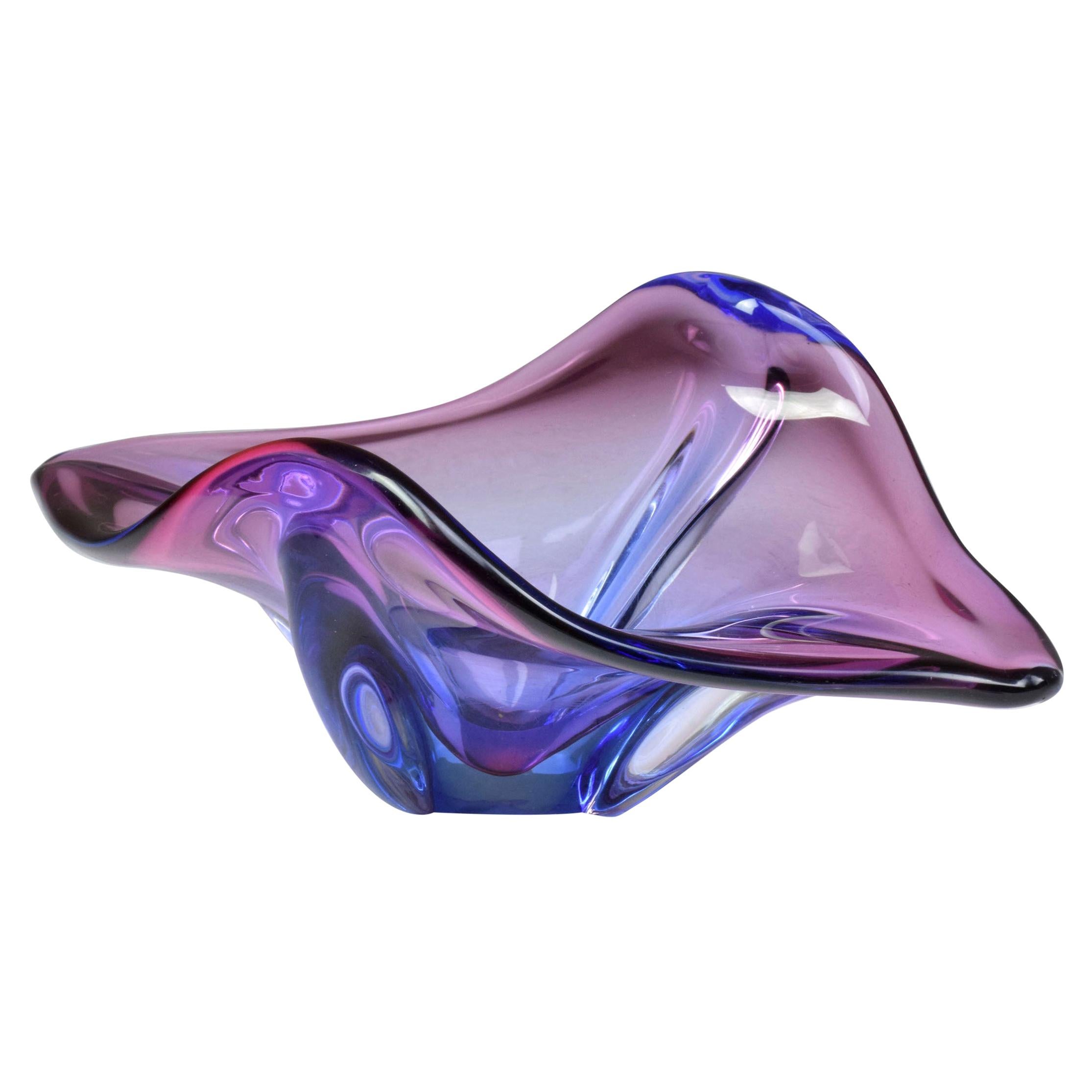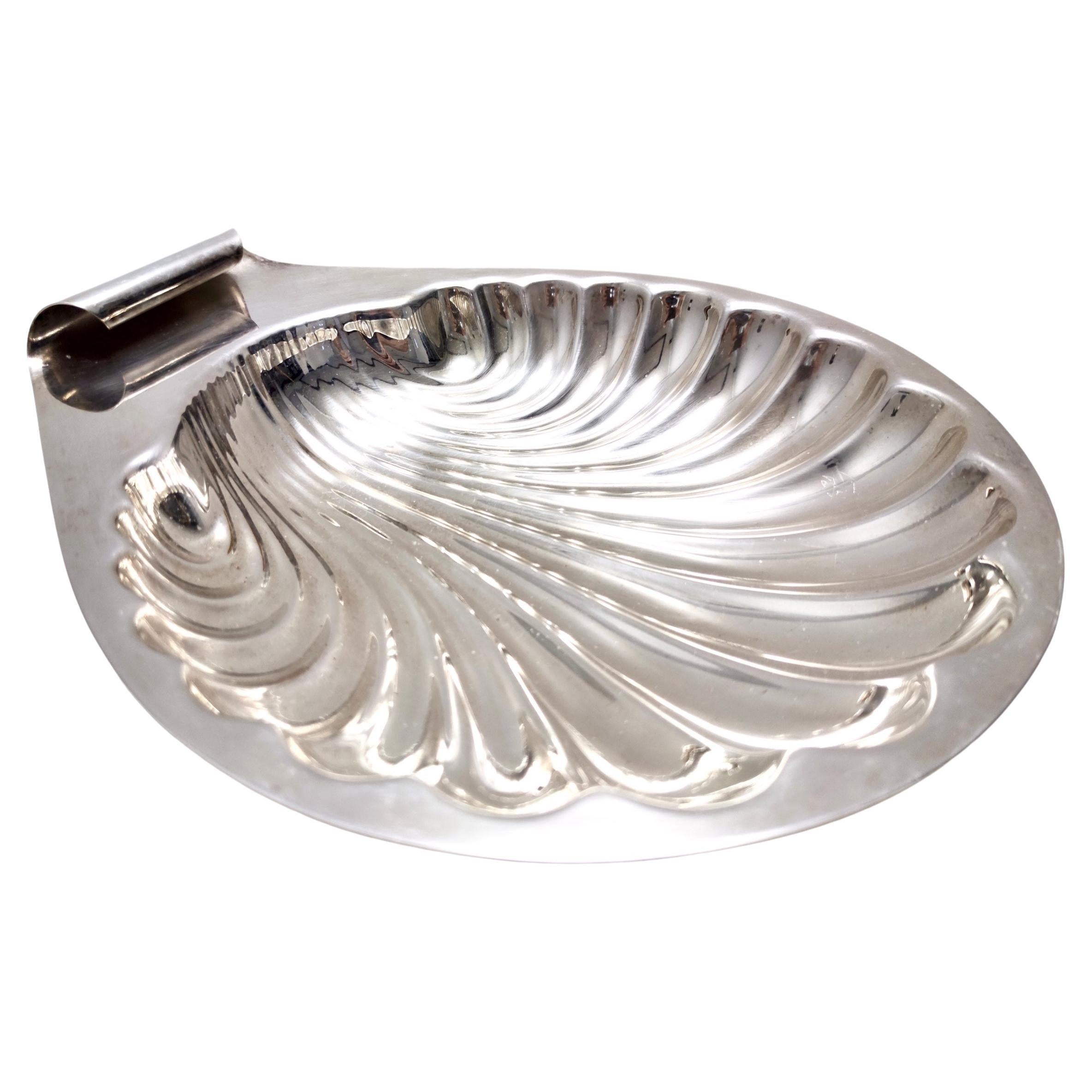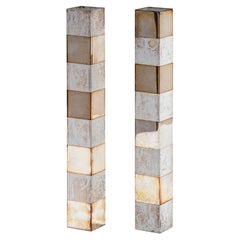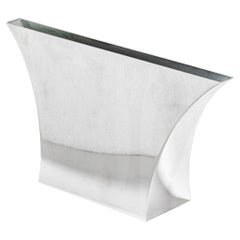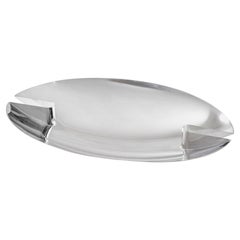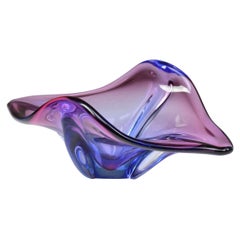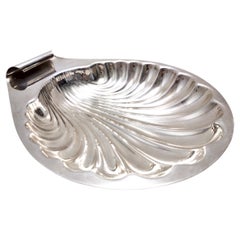20th Century Mackintosh Bowl Mod. Willow Reproduced by Sabattini
About the Item
- Creator:Charles Rennie Mackintosh (Author),Lino Sabattini (Manufacturer)
- Dimensions:Height: 10.04 in (25.5 cm)Diameter: 11.62 in (29.5 cm)
- Style:Mid-Century Modern (Of the Period)
- Materials and Techniques:Metal,Silvered
- Place of Origin:
- Period:1980-1989
- Date of Manufacture:1984
- Condition:Wear consistent with age and use.
- Seller Location:Turin, IT
- Reference Number:1stDibs: LU5450228993142
Lino Sabattini
Lino Sabattini was the preeminent figure in modern Italian silver and metalware design. His expansive and diverse body of work is marked by its strength and boldness, whether in dynamic forms that suggest the thrust and power of Italian Futurist art and design or light and curvaceous biomorphic serveware and decorative objects.
Sabattini was largely self-taught as a designer. Born in the northern Italian town of Correggio, he learned metalsmithing techniques while working in the studio of a maker of brass tableware. He also served as an apprentice of sorts to the expatriate German ceramist Roland Hettner, who taught Sabattini about fluidity of form and showed him how shapes derive from the behavior of materials.
At age 30, Sabattini opened a studio in Milan, and his work quickly came to the attention of Gio Ponti, who decided to publish it in Domus, the Italian design legend's influential design and architecture magazine. Ponti also arranged for Sabattini’s creations to be included in a 1956 exhibition of contemporary Italian design in Paris. The principals of Christofle, the revered French silverware maker, were so impressed that they hired the young designer as the firm’s artistic director, a post he held until 1963. Sabattini, who would also go on to design ceramic wares for Rosenthal, returned home to open Argenteria Sabattini in Bregnano, a company still in business today.
A designer with a questing curiosity and ever-evolving aesthetic sensibility, Sabattini couldn’t be pinned down to one particular style. His best-known work, the Como coffee and tea service of 1956, has an elegant, attenuated and energetic form; his Stairs coffee and tea service (1971), meanwhile, is a clever group of simple columnar shapes in stepped heights, which nest together in a compact arrangement. Other Sabattini pieces have dramatic angles, or sweeping, wing-like flourishes, or consist of perforated ovoids somehow reminiscent of sculptures by Brancusi. In any style, Sabattini produced objects of singular fascination.
Find a range of vintage Lino Sabattini vases and other decorative objects on 1stDibs.
Charles Rennie Mackintosh
At the turn of the 20th century, the Scottish architect Charles Rennie Mackintosh created a singular, wholly original design style that was both lyrical and sleekly modern. Within his architectural schemes for schools, private homes and restaurants, Mackintosh — frequently working in collaboration with his wife, the artist Margaret Macdonald — invented an aesthetic that blends the organic flow of the Art Nouveau style and the honest simplicity of the English Arts & Crafts movement.
Mackintosh was born into a working-class Glasgow family, the fourth of the 11 children of a police clerk and his wife. At age 15, Mackintosh began to take night classes at the Glasgow School of Art — where he would study until 1894 — and the following year started an apprenticeship with local architect John Hutchison.
At the GSA, Mackintosh befriended Macdonald, her sister, Frances, and fellow architecture student Herbert McNair. Together they formed a graphic design team known as the Four, and were admired for their illustrations featuring sinuous botanical forms and sylph-like women. Around the same time, Mackintosh was hired by the architectural firm Honeyman and Keppie. where he drafted the company’s winning design for a new GSA building. The structure, with its brooding, asymmetrical facade punctuated by soaring studio windows, would be his architectural masterwork. By 1900, Mackintosh was designing houses and began the interiors for a group of Glasgow tea parlors in which he and Macdonald would produce some of the most alluring, lushly graphic decors of the era. Mackintosh’s work became widely influential on the continent, particularly among Josef Hoffmann, Koloman Moser and other members of the Vienna Secession movement.
His work on private homes and tearooms generated the furniture designs for which Mackintosh is best known today. These include the Hill House chair, with its latticed back; the Argyle Street Tea Room chair, which features an oval head rail with a cutout that resembles a bird in flight; and several others — all instantly recognizable for their stunning tall backs.
Mackintosh’s furniture works well in both traditional and modern interiors, though by virtue of both its familiarity and striking lines it tends to stand out. Because he was much more esteemed in Europe than in Britain, relatively few antique Mackintosh works survive, and those that have are museum pieces. Recently produced examples of his designs are widely available — notably, the Italian firm Cassina has been making fine Mackintosh pieces since the early 1970s. As you will see on 1stDibs, the furniture of Charles Rennie Mackintosh is ever intriguing and engaging. His work is a historical touchstone that would be welcome in the home of any modern design aficionado.
- ShippingRetrieving quote...Shipping from: Turin, Italy
- Return Policy
More From This Seller
View AllVintage 1980s Italian Mid-Century Modern Vases
Metal
Vintage 1960s Italian Mid-Century Modern Centerpieces
Metal
Vintage 1970s Italian Mid-Century Modern Centerpieces
Metal
Vintage 1970s Italian Mid-Century Modern Centerpieces
Metal
Vintage 1960s Italian Mid-Century Modern Centerpieces
Metal
Early 2000s Italian Modern Vases
Glass
You May Also Like
20th Century Italian Mid-Century Modern Centerpieces
Murano Glass
Vintage 1970s Italian Post-Modern Centerpieces
Silver Plate, Brass
Mid-20th Century Irish Edwardian Centerpieces
Porcelain
Vintage 1970s Italian Futurist Centerpieces
Ceramic
Vintage 1970s American Modern Decorative Bowls
Marble
Vintage 1930s German Art Nouveau Centerpieces
Glass
